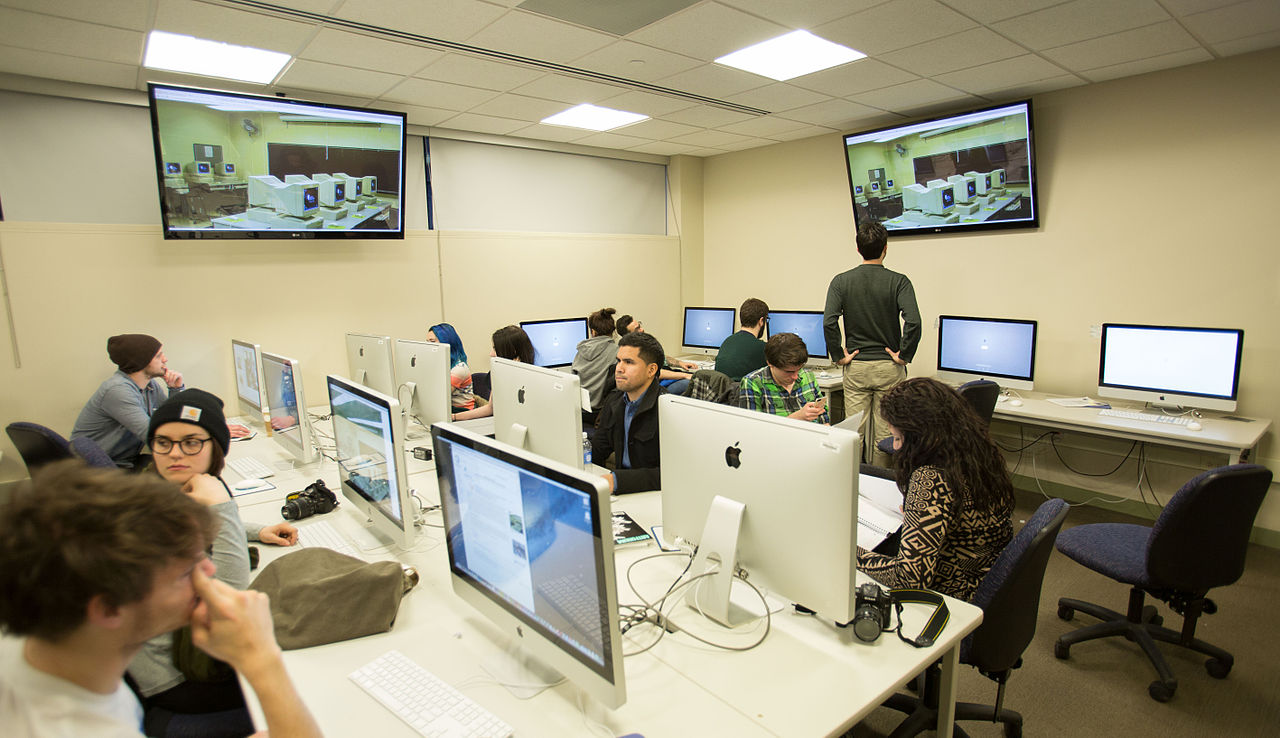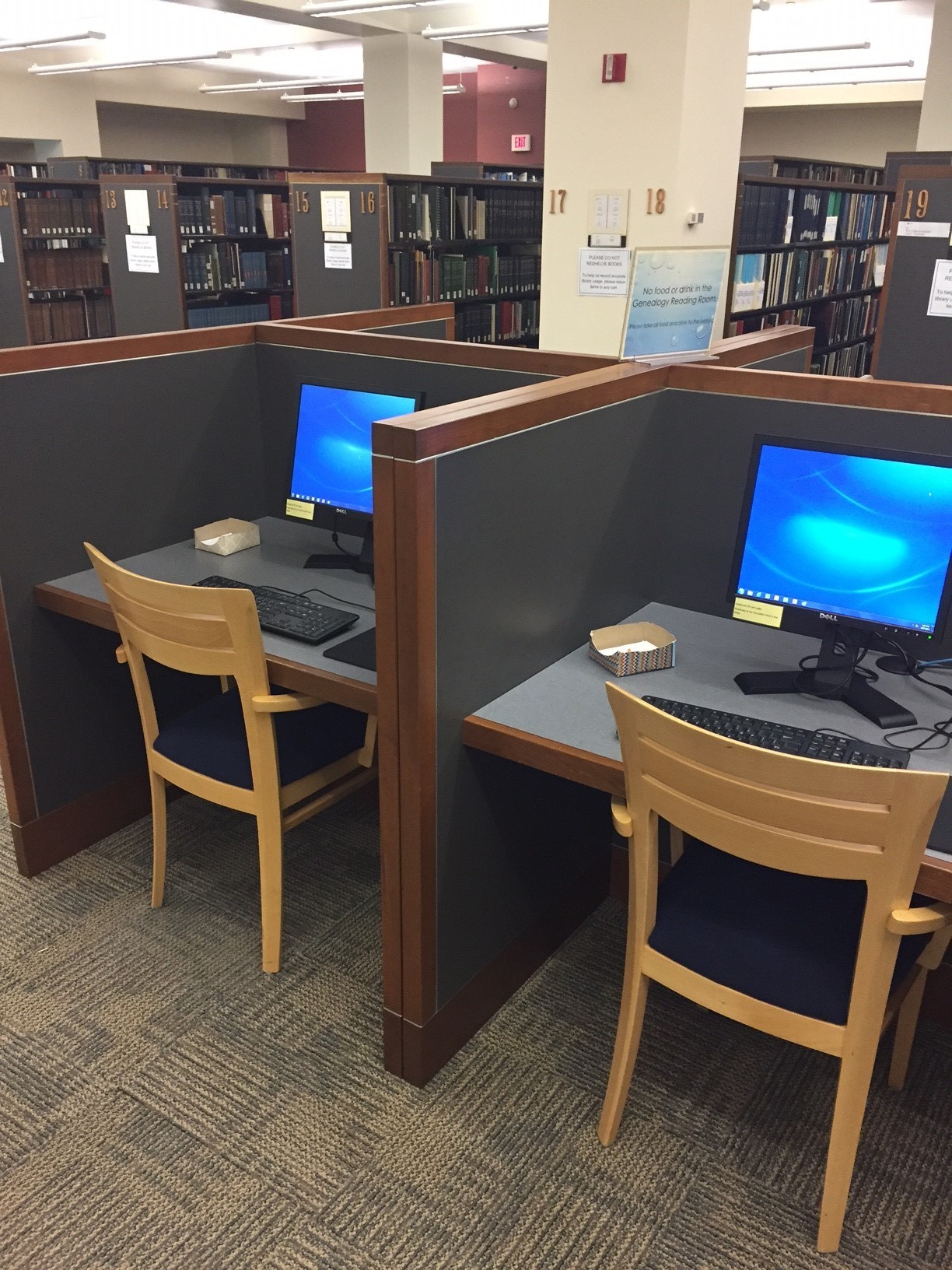As you probably know, public library standards require public libraries to have a functional website, but, are you aware that the Indiana State Library can host your library’s website for free?! The program is called Connect IN and it’s free for public libraries without a current online presence and those having difficulty maintaining their existing site.
Program participants receive these free services from the Indiana State Library:
- Modern and high-quality website featuring:
- An easy-to-use content management system (CMS), based on WordPress, that allows you to manage and update your website and easily create new web pages and online features.
- Web editing software as simple as using a word processor.
- Seamless and instant publishing to the web allows you to make instantaneous changes to your website.
- Dozens of customizable templates to help you get the exact design that reflects your library and community.
- Libraries interested in joining can review the Connect IN Checklist to gain a better understanding of the process.
- Technical support and training
- Content management system (CMS) training
- Free website hosting
- The Indiana State Library is contracting with IT experts to handle the complicated back end tasks and to save you time and money.
- Free email for library staff
- Get up to 20 email accounts for your library (i.e., yourname@yourlibrary.lib.in.us).
- Email storage capacity meets industry standards.
- Email is Microsoft Outlook compatible.
- Manage account settings as an administrator.
If you’d like to learn more about the Connect IN program, click here. To utilize the program, contact your regional coordinator.
This blog post was written by Courtney Brown, southeast regional coordinator, Indiana State Library.




 With fewer than two weeks left to complete your filing for E-Rate this year, libraries have an opportunity to increase the “ask” for connectivity for next year. Filing is due on or before Thursday, May 11, 2017 at midnight. The additional $500,000 dedicated to support library connectivity is a great tool to leverage both federal and state funding to help bridge the digital divide within your community. For questions please contact
With fewer than two weeks left to complete your filing for E-Rate this year, libraries have an opportunity to increase the “ask” for connectivity for next year. Filing is due on or before Thursday, May 11, 2017 at midnight. The additional $500,000 dedicated to support library connectivity is a great tool to leverage both federal and state funding to help bridge the digital divide within your community. For questions please contact 